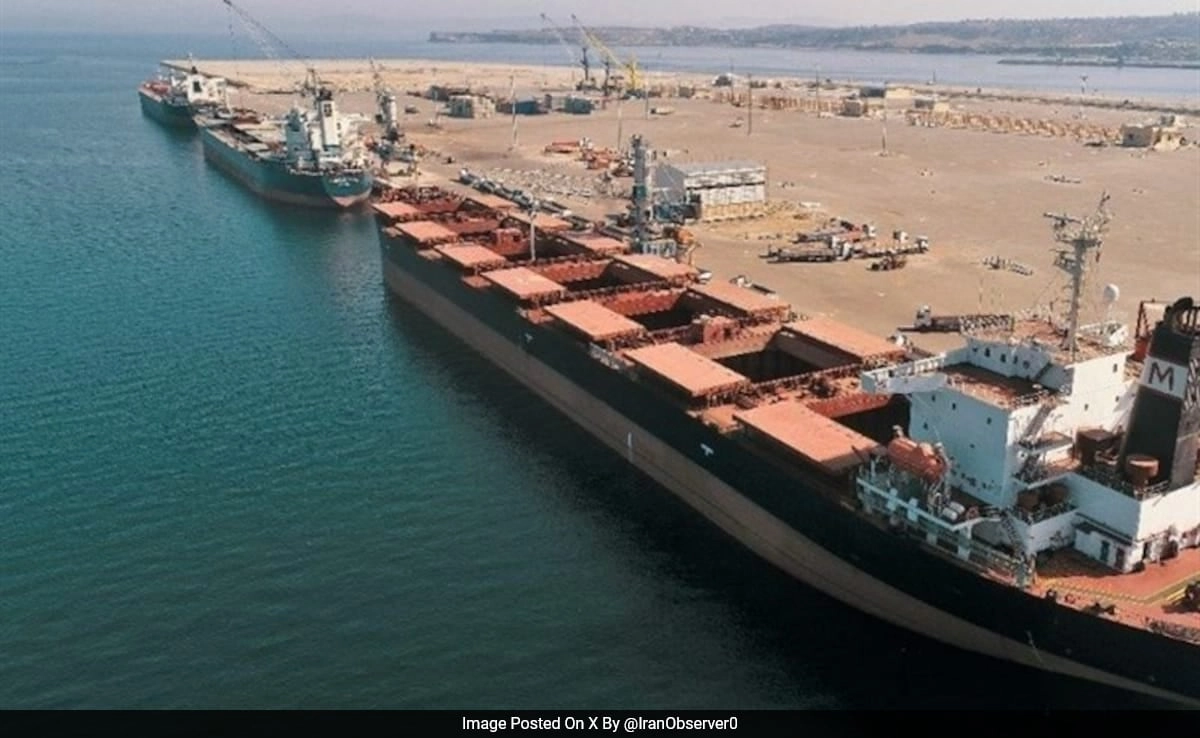The Chabahar port project in Iran represents a significant opportunity for India to bolster its strategic and economic interests in the region. As India navigates its foreign relations, particularly with the United States, it is crucial for New Delhi to advocate for a practical approach from the Trump administration regarding this vital infrastructure initiative. The Chabahar port is not merely a commercial venture; it serves as a critical counterbalance to China’s influence in South Asia and the Indian Ocean. By facilitating trade routes that connect India to Afghanistan and beyond, Chabahar has the potential to enhance regional connectivity and promote stability.
However, the geopolitical landscape is complex, especially with the United States imposing sanctions on Iran. Under Trump’s leadership, there has been a marked shift in U.S. policy towards Iran, which includes withdrawing from the Joint Comprehensive Plan of Action (JCPOA) and increasing economic sanctions. These actions have created a challenging environment for countries like India that seek to engage with Iran while also maintaining strong ties with the U.S. It is essential for India to communicate effectively with the Trump administration, emphasizing that a cooperative approach towards Chabahar can yield mutual benefits, not just for India and Iran, but also for U.S. interests in the region.
India must leverage its strategic partnership with the U.S. to advocate for a nuanced understanding of the Chabahar project. The port is a linchpin for India’s efforts to secure its interests in Afghanistan, providing a vital trade route that bypasses Pakistan. This development is crucial not only for India’s economic aspirations but also for ensuring that Afghanistan remains a stable ally against extremist influences. India’s engagement in Chabahar could also align with U.S. objectives of fostering stability in Afghanistan and countering terrorism, thus presenting a compelling case for collaboration rather than confrontation.
Moreover, India should emphasize the importance of multilateralism in addressing regional challenges. The Chabahar project is not solely an Indo-Iranian initiative; it involves various stakeholders, including Afghanistan and, potentially, other regional players. By framing the discussion around Chabahar as a collaborative effort for regional development and security, India can appeal to the broader strategic interests of the U.S. and encourage Washington to adopt a more flexible stance on sanctions. This cooperative approach could pave the way for a more stable and prosperous South Asia, ultimately serving the interests of all involved parties.
In conclusion, India’s push for a practical approach from the Trump administration regarding the Chabahar port project is not just about enhancing trade and connectivity; it is a strategic imperative that could reshape the geopolitical landscape of the region. By advocating for dialogue and cooperation, India can work towards a solution that not only benefits its own interests but also aligns with U.S. objectives for a stable and secure South Asia. The Chabahar port represents a unique opportunity for India to assert its influence while simultaneously fostering regional collaboration, making it imperative for Indian policymakers to engage with the U.S. in a constructive manner.




